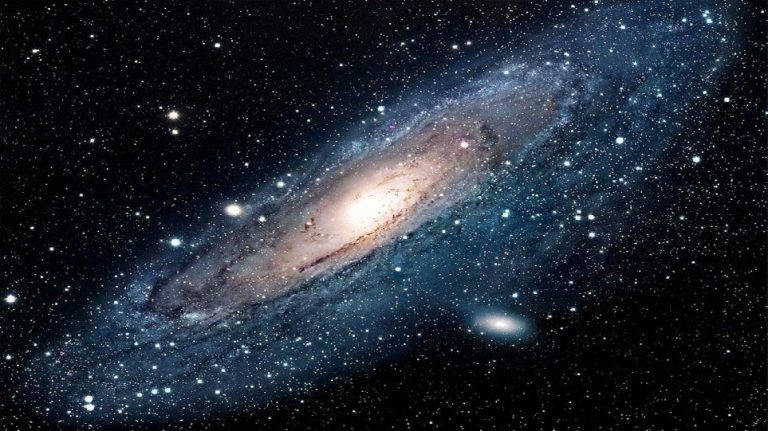On the morning of April 28, a newly built radio telescope was monitoring the quiet skies over British Columbia when it caught the flash that would change everything. One of the telescope’s duties was to search for fast radio bursts — millisecond-long blips that, until then, had always come from distant galaxies. No one knew for sure what could create such short explosions of radio waves, making fast radio bursts one of the most intriguing puzzles in astrophysics.
The Canadian Hydrogen Intensity Mapping Experiment, or CHIME, had already spotted hundreds of fast radio bursts since it came online in July 2018. An ordinary burst might be seen by two to five of the instrument’s antennas. This burst triggered 93. “It lit up our telescope like a Christmas tree,” said Paul Scholz, an astronomer at the University of Toronto and a member of the CHIME team.
Scholz and his colleagues quickly realized that the burst must be nearby, and not just because the flash was so bright. The flare appeared to originate from a part of the sky where an object in the Milky Way had been shooting out X-rays. The coincidence was strong, and if confirmed, it would let astronomers figure out what causes fast radio bursts.
Mitsotakis: We will have vaccines by January – The next ten days are difficult
Turkey pays off part of Somalia’s IMF debt, but there may be a reason behind this generosity
There was a problem, though. The burst was far from the part of the sky that CHIME was directly monitoring at the time. Because of that, the team couldn’t get a precise read on its absolute brightness. Without that information, they couldn’t immediately tell if the burst was powerful enough to qualify as a true fast radio burst. Sure, it was brief and bright — but its brightness was to be expected since it was so close by. It could just be an ordinary low-energy burp, offering no clues about the major eruptions.
Read more: Quanta Magazine
Ask me anything
Explore related questions





